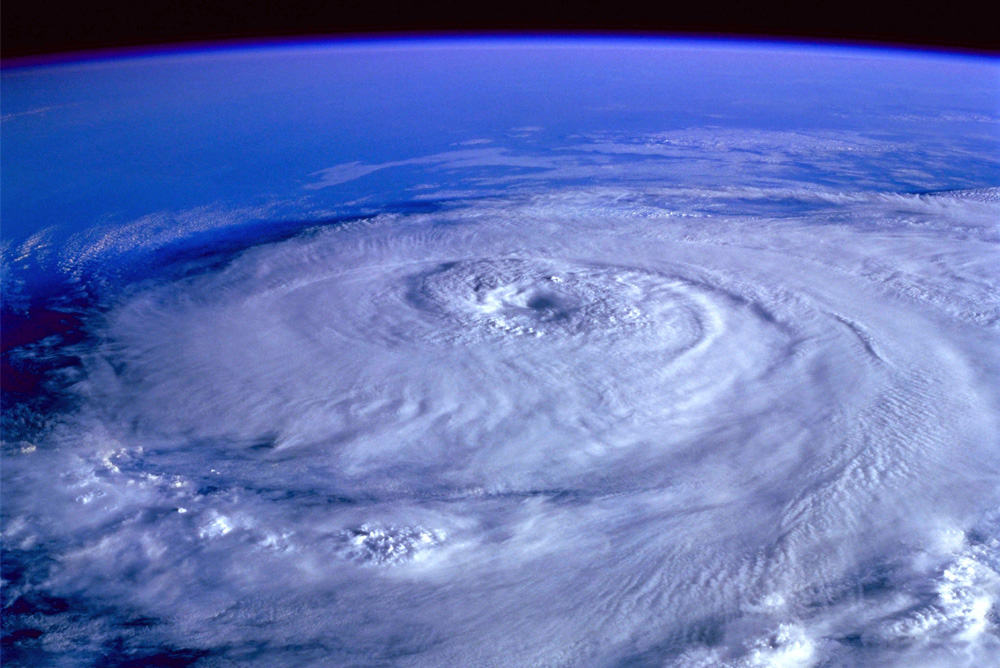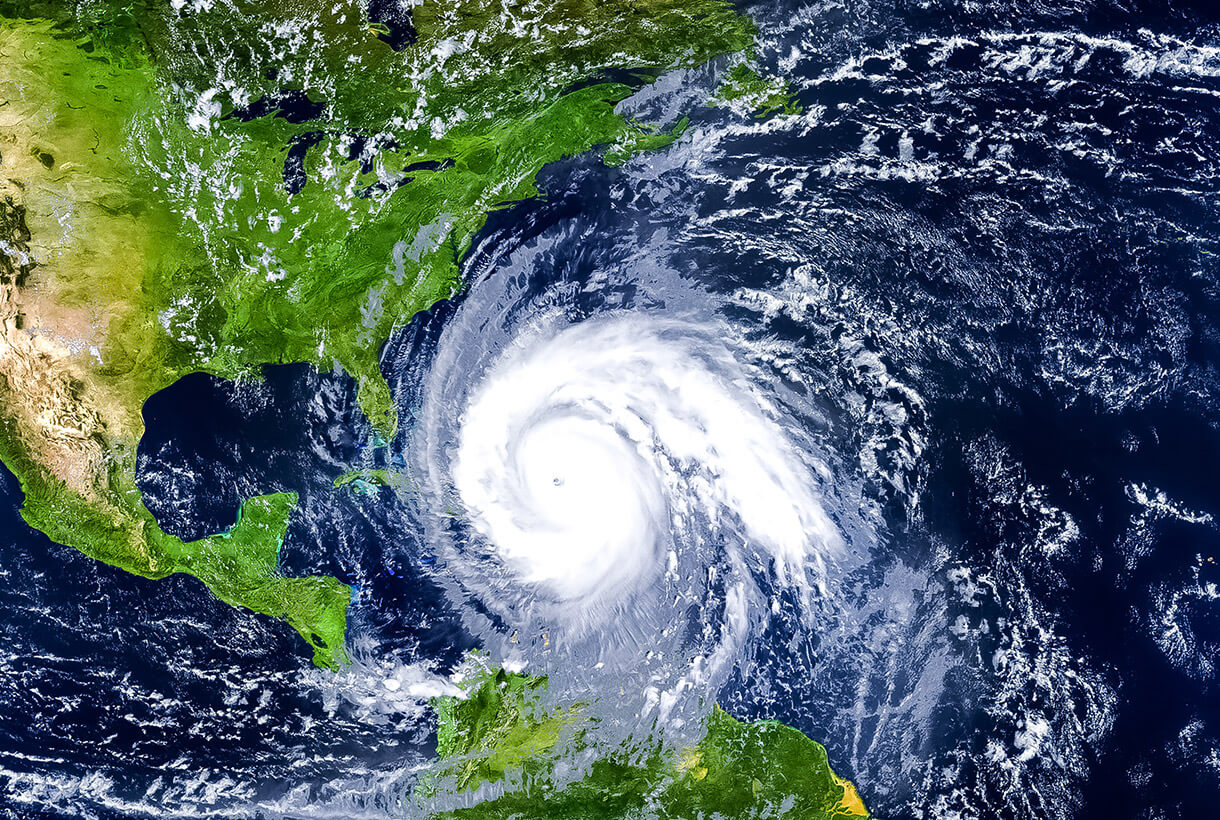Don Hall is a certified emergency manager through the International Association of Emergency Managers, and former OnSolve Government Relations Director (retired).
As of October 2023, there have been 24 confirmed weather/climate disaster events with losses exceeding $1 billion each to affect United States, including 18 severe storm events, according to NOAA.
Emergency managers face a daunting challenge: manage the immediate threat as well as the cascading impacts that could create disruptions for days—or even months—during hurricane season. This means helping communities prepare for related risks—and teaching them to act on those preparations when alerted, the National Hurricane Center reports.
To achieve these goals, emergency managers have vital communication roles to play before, during and after a hurricane. If plans are strategically coordinated, there is more trust and constituents see more value in the protective actions that you’re asking them to take.
Before Disaster Strikes
As an emergency manager, you can maximize the effectiveness of mass notification systems by working with your communities before a storm actually hits. Let your community know that you have a notification system, provide clear directions to encourage them to opt into receiving alerts.
Include requests for cell phone numbers for community members and their children, and suggest that they ask parents and neighbors to opt in as well, ensuring that everyone can be updated about protective measures during the storm. When a hurricane looms, people pay attention. There's always more urgency when disaster seems imminent.
Emergency managers can also pre-create geographically defined alerting areas that can be used to put community members on standby for an evacuation or to provide progress updates. When a hurricane is looming, share awareness and preparedness tips with community members to help them secure their homes and property, and learn about evacuation procedures.
In the preparation period before a hurricane hits, notification systems can also be used to share information among responders and update their contact information. Let them know about how the system will be used to contact them, send notifications, or alert them to a particular task.
Many small communities only have a single emergency manager who is often overwhelmed with essential tasks during a storm. If this is your situation, consider getting a colleague up-to-speed on how to use the mass notification system so they can step up as needed—and the community is not reliant on a single person.
Community members can also help prepare for a weather event by communicating with their neighbors to see who needs help, ensure that everybody in an impacted area received the same information and coordinate plans to provide assistance for those with special needs, such as the elderly or disabled. It's a way to help bring the community together during a crisis to ease nerves and concerns as the weather system approaches.
Take Your Hurricane Preparedness to the Next Level
Improve your hurricane preparedness with these resources from crisis management experts.
During a Hurricane
When the storm hits, use your mass notification system to communicate protective actions, such as new evacuation orders and safety advice for those who are sheltering in place.
Don't assume that community members know what you know. The average citizen isn't exposed to the same level of information as an emergency manager or first responder on a daily basis, so it's important for you to share the information in a way that the community will understand.
It's also important to communicate with other emergency managers in city, county, and state offices to coordinate consistent messages and procedures. A cohesive response depends on responders planning and training together—and respecting each other's boundaries. Everybody needs to stay in their lane and do the job that they're supposed to be doing.
Emergency managers should also partner with local media to ensure that the message stays uniform and consistent. You want to make your local media a part of your response organization and bring them into the public information sector. They are a critical resource to put this information out.
It's also critical to take advantage of social media platforms, such as Facebook and Twitter, which can play a vital role in helping community members report information to your response team. If you use social media channels to share information, assign a full-time person to monitor your feed to ensure that no one is sharing incorrect information; that way, you can nip rumors in the bud quickly.
Whenever responders evaluate what went right and what went wrong, a consistent issue in every incident was communication—so think about proactive steps you can take to get it right.
After the Storm
After the hurricane, communication is still just as essential. Reach out to let the community know that your agency is taking steps to repair damages and move forward.
Give continuous updates. Let community members know when electricity will be restored, for example, as well as when another update can be expected. Stick to your word on when you're going to bring them more information. It keeps the community close and allows people to trust that your agency has the situation under control.
As an emergency manager, you play a critical safety role before, during and after a hurricane by regularly communicating with your communities. Think of ways to use your mass notification system to support your role in all phases of a natural disaster. Making the system work for you helps you do your job more efficiently—and save lives.
Learn more by visiting our Hurricane Preparedness Resource Center.


